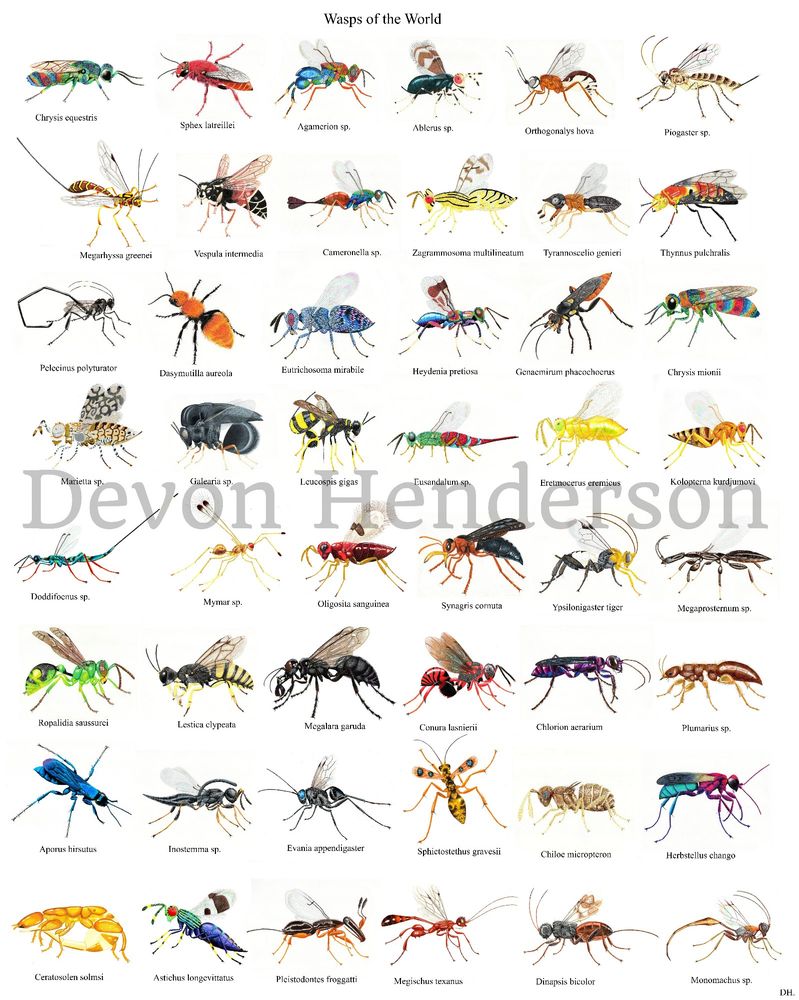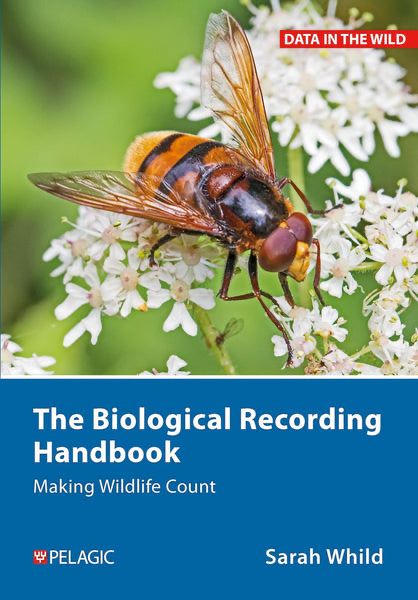Check out this ichneumon wasp that was found by one of our volunteers, Jane Orgee, in an oak tree at our Gosling Sike site. 👀
#Cumbria #LakeDistrict
(1/3)

Check out this ichneumon wasp that was found by one of our volunteers, Jane Orgee, in an oak tree at our Gosling Sike site. 👀
#Cumbria #LakeDistrict
(1/3)
#IrishNaturalistsJournal #Zoology #Wasps

#IrishNaturalistsJournal #Zoology #Wasps
#artenvielfalt #natur #nature #insekten #Ichneumonidae #insects #Hautflügler #Hymenoptera
#artenvielfalt #natur #nature #insekten #Ichneumonidae #insects #Hautflügler #Hymenoptera




tinyurl.com/yeytj2bh

tinyurl.com/yeytj2bh
www.researchgate.net/publication/...


www.researchgate.net/publication/...

centerforsystematicentomology.org/insecta_mund...
#Ichneumonidae #parasioid

centerforsystematicentomology.org/insecta_mund...
#Ichneumonidae #parasioid
We have species new to science (living and in amber); new to Britain; entomological history; and, lengthy taxonomic revisions 👇
More highlights to follow!
We're also thrilled welcome Dr Adrian Spalding to the Editorial Board 👏


We have species new to science (living and in amber); new to Britain; entomological history; and, lengthy taxonomic revisions 👇
More highlights to follow!
We're also thrilled welcome Dr Adrian Spalding to the Editorial Board 👏







#Wasps #Hymenoptera #Apocrita #Aculeata #Parasitica #TraditionalArt #Illustration

#Wasps #Hymenoptera #Apocrita #Aculeata #Parasitica #TraditionalArt #Illustration
Scarcely distinguishable gorgeous ginger B. muscorum and B. laesus from Kyrgyzstan collected by Denis Michez, Villu Soon, Simone Flaminio, & Paolo Rosa
(credit to @weratedogs.com)

Scarcely distinguishable gorgeous ginger B. muscorum and B. laesus from Kyrgyzstan collected by Denis Michez, Villu Soon, Simone Flaminio, & Paolo Rosa
(credit to @weratedogs.com)
bdj.pensoft.net/article/1229...

bdj.pensoft.net/article/1229...
@pelagic.bsky.social @georgemcgavin.bsky.social
pelagicpublishing.com/products/the...

@pelagic.bsky.social @georgemcgavin.bsky.social
pelagicpublishing.com/products/the...
Do | 27.03. | 17 Uhr | Schloss Rosenstein
Mini-BioBlitz-Exkursion im Rosensteinpark
Dr. Holger Thüs nimmt euch mit zu den geheimnisvollsten Bewohnern des Parks: Pilze, Algen, Flechten & Moose.
Infos zu #LifeImPark unter: www.naturkundemuseum-bw.de/besuch/veran...
📷H. Thüs



Do | 27.03. | 17 Uhr | Schloss Rosenstein
Mini-BioBlitz-Exkursion im Rosensteinpark
Dr. Holger Thüs nimmt euch mit zu den geheimnisvollsten Bewohnern des Parks: Pilze, Algen, Flechten & Moose.
Infos zu #LifeImPark unter: www.naturkundemuseum-bw.de/besuch/veran...
📷H. Thüs









